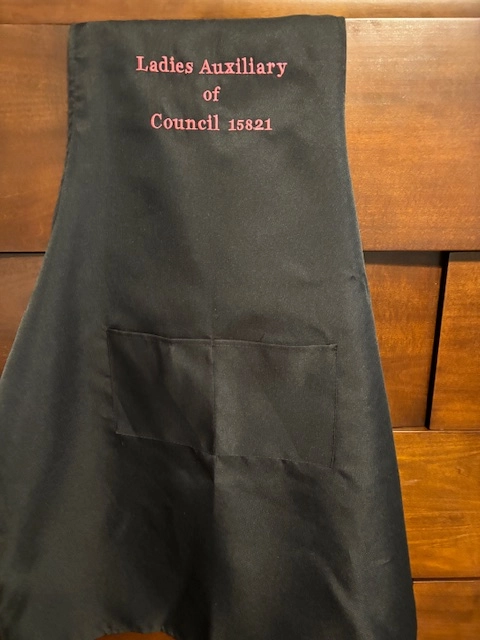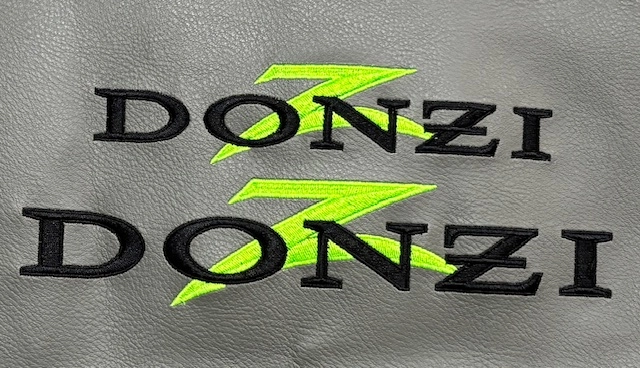Heat Transfer on T-Shirts and Aprons - Custom Designs and Logos
Heat Transfer on T-Shirts and Aprons - Custom Designs and Logos
Blog Article
The Art of Customized Needlework: Unlocking the Keys to Creating Special and Memorable Styles
The tricks to producing personalized needlework designs that captivate the eye and leave an enduring perception lie in a fragile equilibrium of technique, imagination, and interest to information. As we dig into the world of custom-made embroidery, we reveal the nuanced interaction between string choice, stitch intricacy, and layout customization that elevates a mere garment to a job of art.
Choosing the Right Needlework Threads
When picking embroidery threads, what vital elements should you take into consideration to ensure the ideal results for your custom-made layouts? The choice of needlework thread is vital in determining the final end result of your embroidered style. Among the primary considerations is the product of the thread. Various materials such as cotton, polyester, rayon, and silk provide differing levels of sheen, longevity, and texture. It is vital to select a thread product that complements the fabric you are stitching on and aligns with the preferred appearance of the design.
In addition, the weight or density of the thread plays a considerable duty in the appearance of the needlework. Thicker threads can add measurement and texture to your design, while finer threads are excellent for elaborate information and small message. In addition, taking into consideration the color fastness and washability of the thread is vital to ensure that your customized layouts maintain their high quality and vibrancy gradually. By carefully assessing these variables and selecting premium strings that meet your particular needs, you can improve the aesthetic charm and long life of your stitched creations.
Checking Out Different Stitch Methods
To explore the world of 'Checking out Different Stitch Techniques', one must realize the details and subtleties that each stitching approach gives the art of embroidery. Various stitch methods not only include aesthetic rate of interest however also add to the general texture and measurement of the layout. One preferred stitch method is the satin stitch, which includes closely packed parallel stitches to create a smooth and glossy surface area, perfect for filling out shapes and creating vibrant details.
On the other hand, the backstitch is a functional technique often used for outlining and including fine information. It includes stitching backwards to develop a solid line of needlework. Furthermore, the French knot stitch adds a tactile aspect to designs, excellent for producing textured accents like blossom centers or ornamental touches.
Exploring various stitch techniques allows embroiderers to play with light, shadow, and deepness within their layouts, raising the visual charm and creative top quality of their embroidery tasks. By understanding different stitching approaches, one can open limitless possibilities for producing one-of-a-kind and unforgettable customized embroidery pieces.
Incorporating Personalized Layout Aspects
Having discovered the ins and outs of different stitch techniques such as the satin stitch, backstitch, and French knot, the emphasis now shifts in the direction of integrating customized design components in custom-made embroidery projects. Individualized design components play a critical duty in making needlework projects absolutely one-of-a-kind and unforgettable.
One more means to include customized design elements is more by including icons or concepts that hold special meaning to the recipient or mirror their rate of interests and personality. As an example, integrating a preferred flower, pet, or hobby-related sign can make the needlework style more meaningful and personalized. Furthermore, choosing shades that reverberate with the recipient or line up with the desired motif can additionally enhance the customization of the embroidery project.
Understanding the Art of Color Sychronisation

One secret aspect of color coordination is recognizing color theory. This consists of understanding just how different shades communicate with each various other, the feelings they convey, and just how they can be integrated to create aesthetically appealing layouts. By applying shade theory concepts, embroiderers can produce harmonious shade palettes that boost the total appearance of the design.
In addition, taking note of comparison is important in shade coordination. Using contrasting shades can assist certain aspects of the layout pop, improve readability, and develop a visually vibrant needlework item. By grasping the art of color coordination, embroiderers can raise their designs and create remarkable items that resonate with clients and customers alike.
Enhancing Appearance With Advanced Needlework Stitches

Bullion knots, on the other hand, can be utilized to produce twisted, ropelike aspects that add a lavish feeling to the needlework. Experimenting with these sophisticated needlework stitches enables you to press the limits of standard needlework and create really special and visually attractive structures in your layouts.
Conclusion
Finally, the art of custom needlework entails a combination of choosing the appropriate strings, discovering numerous stitch techniques, integrating tailored design elements, mastering color sychronisation, and improving structure with sophisticated visit this page stitches. By recognizing and applying these vital components, embroiderers can develop unique and remarkable styles that display their imagination and ability. Embroidery fanatics can open the keys to developing lovely and why not try this out custom pieces that stand out and leave a long-term impact.
Report this page